World Fine Art Professionals and their Key-Pieces, 39 – Els
World Fine Art Professionals and their Key-Pieces, 39 – Els
Els is a familiar sight in artistic The Hague. Of course in combation with Marcello. Marcello & Els have been known for several decades with art, exhibitions and special projects.
Not that long ago Els had an exhibition in their own gallery, Galerie Haags, entitled “What? Els!” with paintings in large dimensions of dancers and sculpture. Els van den Dop-Van Meesche, as is her full name, comes from an artistic family.
Language of a body
Her father, Leo van Meesche, was an artist as well. And he taught art. He also studied at the Royal Academy of Art in The Hague. He was friends with the Haarlem painter Kees Verweij. Els: ‘In the thirties of the last century they got lessons by Henri Boot. Verweij was a self-righteous man. I have been a model for him and he managed to let me wait for hours or to send me away if he didn’t have his day.’
Els began to paint at home, when she was 16. At 18 she went to the Academy. ‘I first wanted to go to Paris, I visited the city with my parents. But that didn’t happen. Then I wanted to go to Amsterdam, but my parents were very much against it.’ So it was The Hague. She was particularly interested to paint people. ‘What people radiate, the language of a body. Where do you see this better than in a ballet?’ The HOT-theater, where the dancers of the Nederlands Dans Theater practised, happened to be around the corner of the Academy.
‘During breaks we were watching. I also visited the study evenings of Nederlands Dans Theater. I made sketches. Beautiful bodies and beautiful movements I saw. That’s of course the reason I chose such a wonderful husband who really does his best to keep it that way!’
It need not be just beautiful bodies. ‘I love all kinds of bodies. Old people and people with disabilties also can radiate, in a different way.’
Prussian blue
She uses a lot of blue (Prussian blue, Ceruleum blue), red (Rembrandt pink) and white. Oil is the preferred method. ‘You can go on a long time. You can walk away and the next day you can go on. I takes a while before it is dries. That’s why I use turpentine to accelerate drying. Oil smells very nice.’
Her work changed after she met Marcello in 1990. ‘It was my late 30’s, I was totally in love. I started working with brighter colors and clearer forms. End of 1990, I moved in with Marcel. I was 40 years then. I got a present from Marcel: driving lessons.’ Marcello, who joined us: ‘A woman who is an artist and also runs a gallery not having a license: Impossible! Els: ‘We started to do many things together. Brought in many assignments and projects. That was fun.’
Rembrandt 2000
In 1999 Marcello and Els were the first to paint a skating rink. The rink was on Spuiplein, right in The Hague center. Because of the size and harsh conditions (it was a cold winter) the choice was made to paint a replica of an artwork of the famous ‘Drip painter’ Jackson Pollock. It was a World premiere and it aroused a lot of media attention.
On the What?Els! exhibition stood some of Els’ sculptures as well. ‘At the Academy, I started modeling with clay. One year I attended clay modeling class. There I learned casting to make heads. I didn’t continue this, till 1999. The Mauritshuis organized the exhibion ‘Rembrandt Himself’, with self-portraits by Rembrandt. With Sis Josip and his wife Conti Hermenet we developed the idea of the exhibition Rembrandt 2000. What kind of influence does Rembrandt have on today’s art?’
The Night Watch
‘Especially for this exhibition we established a temporary museum, which we named Con Temporary Museum on the corner Kneuterdijk / Lange Vijverberg in The Hague. We called on artists to participate with work inspired by Rembrandt. Many did. To name a few: Rob Scholte, Herman Brood, Anton Heijboer, Peter Donkersloot, Peter Klashorst, Ramses Shaffy, Marnix Rueb, Micha Klein, Paul Blanca, Jurriaan van Hall and Robert-Jan Stips.
At the centre of the exhibtion which was organized together with Sis Josip and his wife Conti Hermenet stood a life-size copy of the Night Watch with only self-portraits by Rembrandt. Marcel had made a series of huge silkscreens on canvas in response to Rembrandt’s self-portraits.
A museum attendent had to be Rembrandt himself. We were looking for a sculptor for such a big statue, but that didn’t work out. Then I thought: ‘I’ll go see it for myself. I made a statue, starting with a mannequin and modeling it with clay. When it was finished we put Rembrandt in a suit and sprayed his face all gold. Next to that I made a number of other Rembrandts. Portraits of the young Rembrandt and a series of phizzes, including Titus, Rembrandt’s son. The Rembrandt of Amsterdam Rembrandt House we cast in bronze.’
Another major project was the glassware for Achmea’s headquarters, where Michelangelo’s Adam’s and Rembrandts Danaë’s hand are reaching for each other. The same image was painted on blocks on the ceiling.
What’s Els’ experience of Hague art life?
‘We have never been a member of Pulchri or Haagsche Kunstkring. We have never been in the Artists Social Regulation BKR. Marcel is depicted as ‘too commercial’. The idea is that an artist works in his attic room, working hard to create a masterpiece.’Marcello joins the conversation. ‘Art in The Hague is asleep. It’s a conservative affair. We are not talking about the Gemeentemuseum and the Mauritshuis. Let’s look at the example of The Hague rock musicians: Kane, Direct, Anouk. The best of Pulchri is the building.’
‘In 2012 we organized the First Bargain Exposition in the Netherlands. Free Art for minimum income pass holders. Various artists brought in paintings, available for free: Jos van den Berg, Helen and Jille van der Veen, Frans de Leef, Frederick Linck, Marnix Rueb and many others. We asked people who wanted an artwork to give a motivation by email. There were heartbreaking stories. It turned out that the interest in art among low income and minimum income people was great. What was Pulchri’s reaction? ‘Nice publicity stunt’. Then you know enough.
http://marcellos.nl/
http://ifthenisnow.nl/nl/verhalen/de-wereld-van-de-haagse-kunstenaar-25-els
Disclaimer: The views, opinions and positions expressed within this guest article are those of the author Walter van Teeffelen alone and do not represent those of the Marbella Marbella website. The accuracy, completeness and validity of any statements made within this article are not guaranteed. We accept no liability for any errors, omissions or representations. The copyright of this content belongs to Walter van Teeffelen and any liability with regards to infringement of intellectual property rights remains with the author.

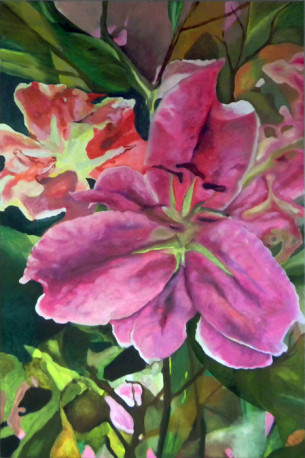

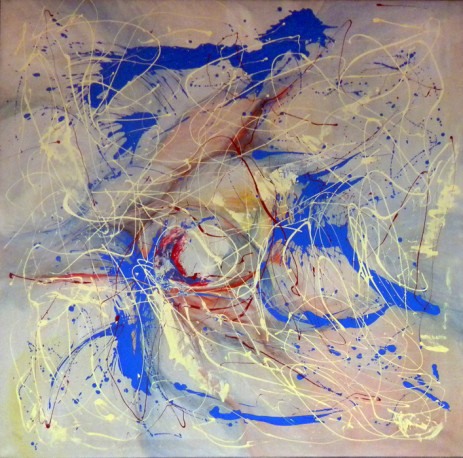
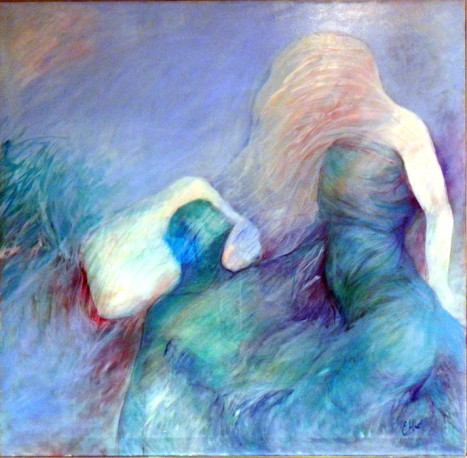
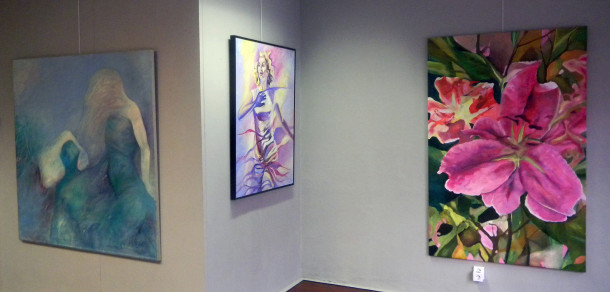
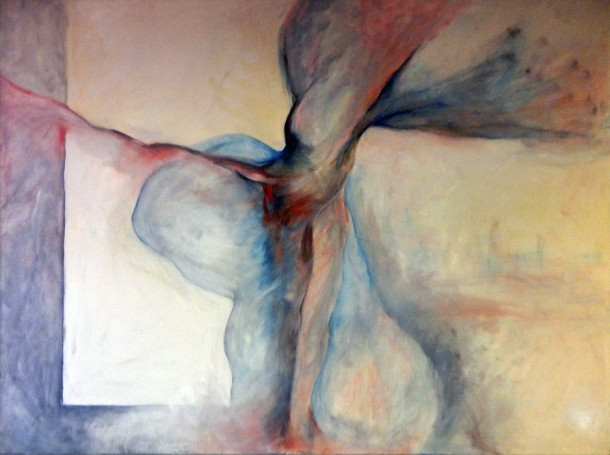
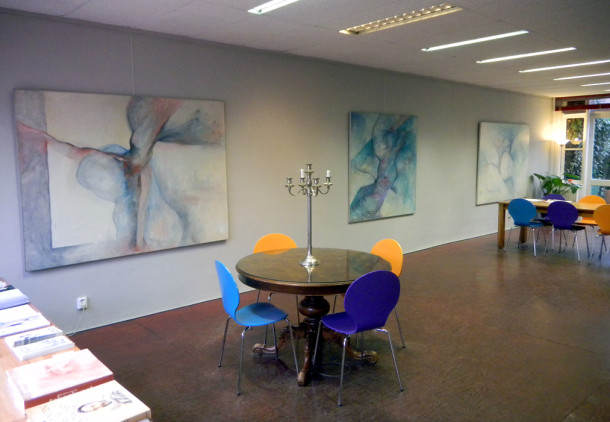
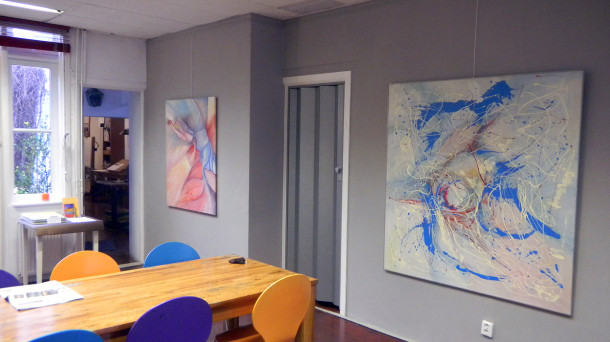
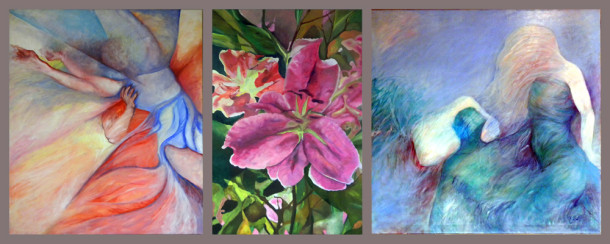
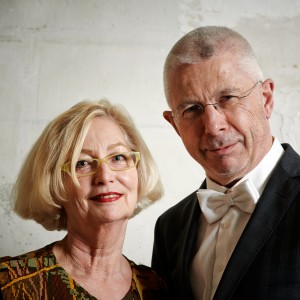














The opinions expressed by individual commentators and contributors do not necessarily constitute this website's position on the particular topic.